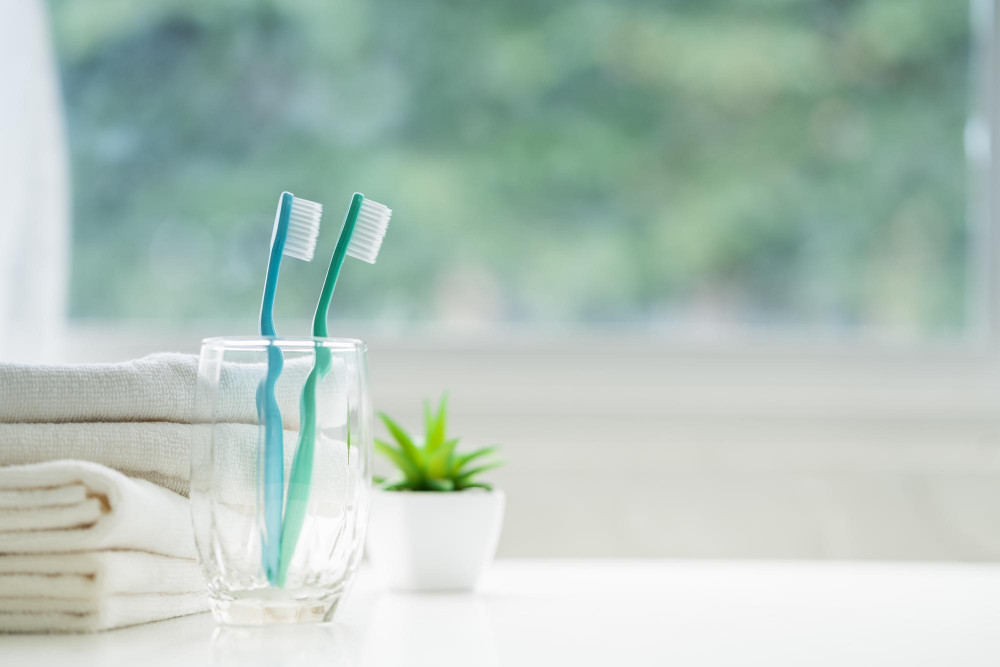General News
18 June, 2022
COVID is not so easy to brush off
HOUSEHOLDS sharing a bathroom could be unwittingly spreading COVID-19 via their toothbrushes, with James Cook University experts recommending people replace their toothbrushes after recovering from COVID.

JCU Dental Clinical Director Professor John Abbott and Dental Hygienist Gloria Silcock said their review of research literature around the issue had highlighted several inherent risks.
A Spanish study published in the BMC Oral Health journal and included in the review found two in three people who tested positive for COVID-19 and shared a toothbrush container with family members passed the virus on to them.
“A toothbrush can be used as a mode of transmission, especially if you store your toothbrush in a communal container,” Prof Abbott said.
“It’s possible for a person with COVID to contaminate the other brushes.”
The same study also found households with a COVID-19 positive member increase their risk of spreading the virus by almost a third if they shared the same tube of toothpaste.
Prof Abbott said even the design of a toothbrush itself could aid the spread of the virus.
“The toothbrushes themselves are not smooth surfaces, especially where the bristles enter the head of the toothbrush,” he said.
“That becomes a reservoir for virus particles to be held there.”
Prof Abbott said while COVID could enter the saliva via the respiratory tract, it could also enter through the gums.
“Sometimes people have bleeding gums, and you can get a virus entering the oral cavity through those means,” he said.
“The research has also shown that the salivary glands are also reservoirs for COVID-19.”
Prof Abbott said some of the research had suggested households use an alcohol-based mouthwash to sterilise their entire toothbrush (head and handle) for 20 minutes, while another study suggested using 1.5% of hydrogen peroxide that could sterilise the toothbrush in a minute.
“It depends upon the viral load on the toothbrush,” Prof Abbott said.
“It has been noted that the virus can survive on the toothbrush head for up to three days.”
Both Prof Abbott and Mrs Silcock urged people who have had COVID-19 to replace their toothbrushes once they have recovered.
“It’s a very small price to pay in order to minimise the spread of the virus,” Mrs Silcock said.
Prof Abbott recommended those not infected with COVID to replace their toothbrush every three months.


